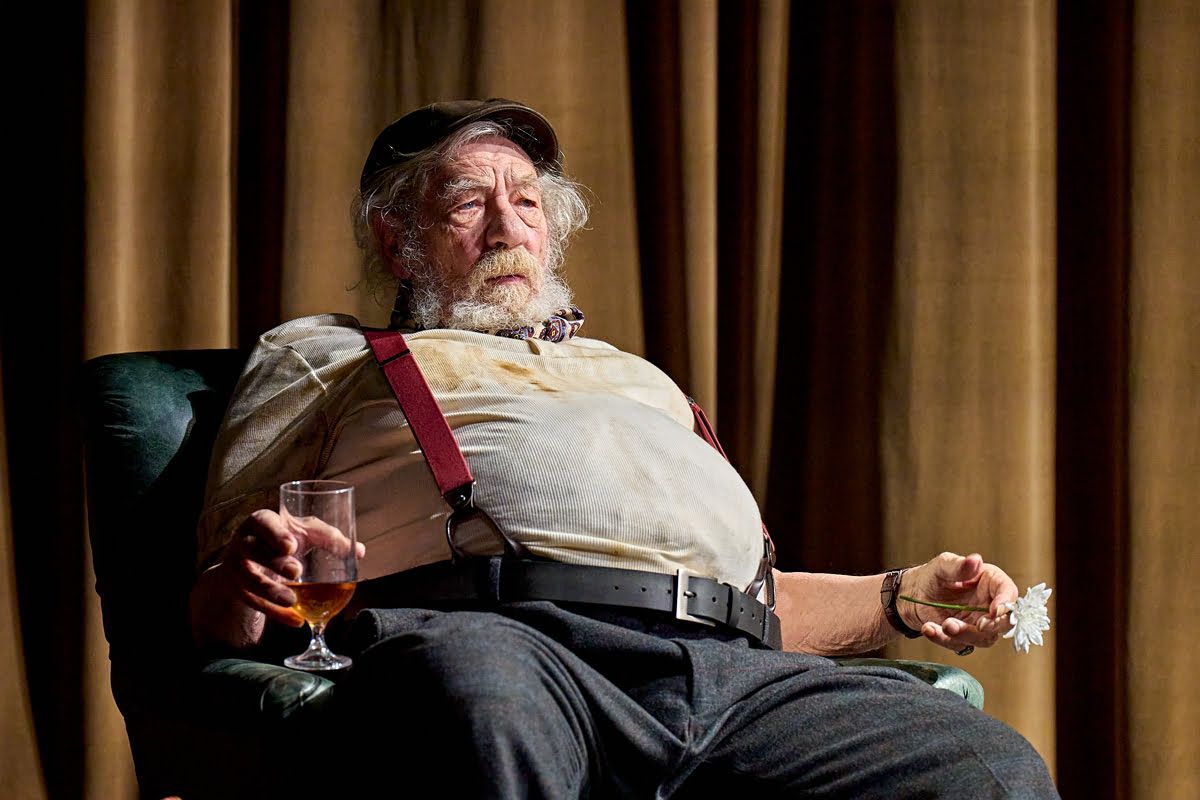The Mobsters That Shaped Las Vegas Into Sin City
Dazzling lights as far as the eyes can see, the non-stop chirping of casino chips, roars of laughter, and music blasting out morning, noon, and night; there is nothing quite like fabulous Las Vegas. The self-billed “Entertainment Capital of the World” is a place like no other, and it has the “Sin City” moniker for a reason.
Las Vegas has not always been awash with five-star hotels, mega-resorts like The Venetian, where visitors have everything they need under one roof, and the American-friendly online sportsbook Bovada, it started life in a much more humble way. Las Vegas was settled in 1905 and incorporated in 1911. It did not take long for the first casino to open because the Golden Gate Hotel and Casino opened its doors to the public on January 13, 1906, the first permanent construction hotel on Freemont Street. The Golden Gate Hotel and Casino operated until 1909 when officials banned gambling in the state of Nevada. However, it reopened in 1931 when gambling was again permitted, and its success did not go unnoticed.
The Rise of The Fabulous Flamingo
In 1945, Billy Wilkerson, the owner of The Hollywood Reporter and a handful of popular nightclubs, had grand plans of opening a European-style casino featuring luxurious rooms, a golf course, a health spa, and a top-tier restaurant. Wilkerson hired George Vernon Russell as the project’s architect. Sky-high material costs after the Second World War resulted in Wilkerson running into financial difficulties almost immediately after breaking ground on what would later become the Las Vegas Strip. He sought additional investment after finding himself in a $400,000 hole, a significant sum for the mid-1940s.
In stepped one of the first front-page celebrity gangsters, Benjamin “Bugsy” Siegel, who had already invested $600,000 in the El Cortez establishment on Freemont Street. City officials hampered Siegel’s El Cortez expansion plans, so he sought business opportunities outside the city limits. It is reported that Siegel and his fellow mobsters paid $600,000 for a two-third stake in the Flamingo project.
Siegel was often a ruthless and impatient man. Story has it that he personally killed 16 construction workers after becoming frustrated at the project’s rising costs and continual delays. Whether true or not, the Flamingo opened on Boxing Day of 1946 in the middle of driving rain, resulting in a less-than-spectacular unveiling. In all, it is estimated the then-105-room luxury hotel cost $6 million to build.
Initial Failure and Rumors of Skimming the Budget
The Flamingo was initially unsuccessful, and its gaming tables were down $275,000 within the first two weeks of opening. By late January 1947, the operations had shut down. Siegel’s fellow mobsters, including friend and business partner Meyer Lansky, were baying for blood, especially as they had vast sums of money tied up in the casino. However, Siegel earned an initial reprieve and began doing everything in his power to make a success of the Flamingo.
Mobsters are not generally known for their patience when money is concerned, and this was the case with Siegel. The casino’s “board of directors,” now made up entirely of mafia members, called a meeting to discuss the future, or lack of, of Siegel. The casino was turning a profit, but Siegel’s associates believed he and his girlfriend, Virginia Hill, had skimmed at least $1 million from the construction budget. Although never proven, a hit was put out on Siegel, and a still at-large gunman fatally shot Siegel on the night of June 20, 1947. One day after Siegel’s death, infamous Las Vegas gangsters David Berman, Moe Sedway, and Gus Greenbaum walked into the Flamingo and took over the casino and hotel operation.
The First Complete Experience Las Vegas Hotel and Casino
It is fair to say the Flamingo thrived under its new ownership and turned a $4 million profit in 1948 alone. The mobsters, although brutal and ruthless, were astute businessmen. They created Las Vegas’s first complete experience hotel, where servers and staff wore tuxedos, and the luxury hotel and casino were accessible to all, not only the high rollers. Building a hotel and casino where hundreds of patrons spent $50 and $100 a night in addition to the well-heeled that spent small fortunes was a masterstroke by the Flamingo’s mobsters and paved the way to the Las Vegas we know and love today.
The casino had other owners linked to organized crime until 1967 when Kirk Kerkorian acquired the property. Caesars Entertainment is now the proud owner of the Flamingo; although none of the original buildings exist, the history is still there.







